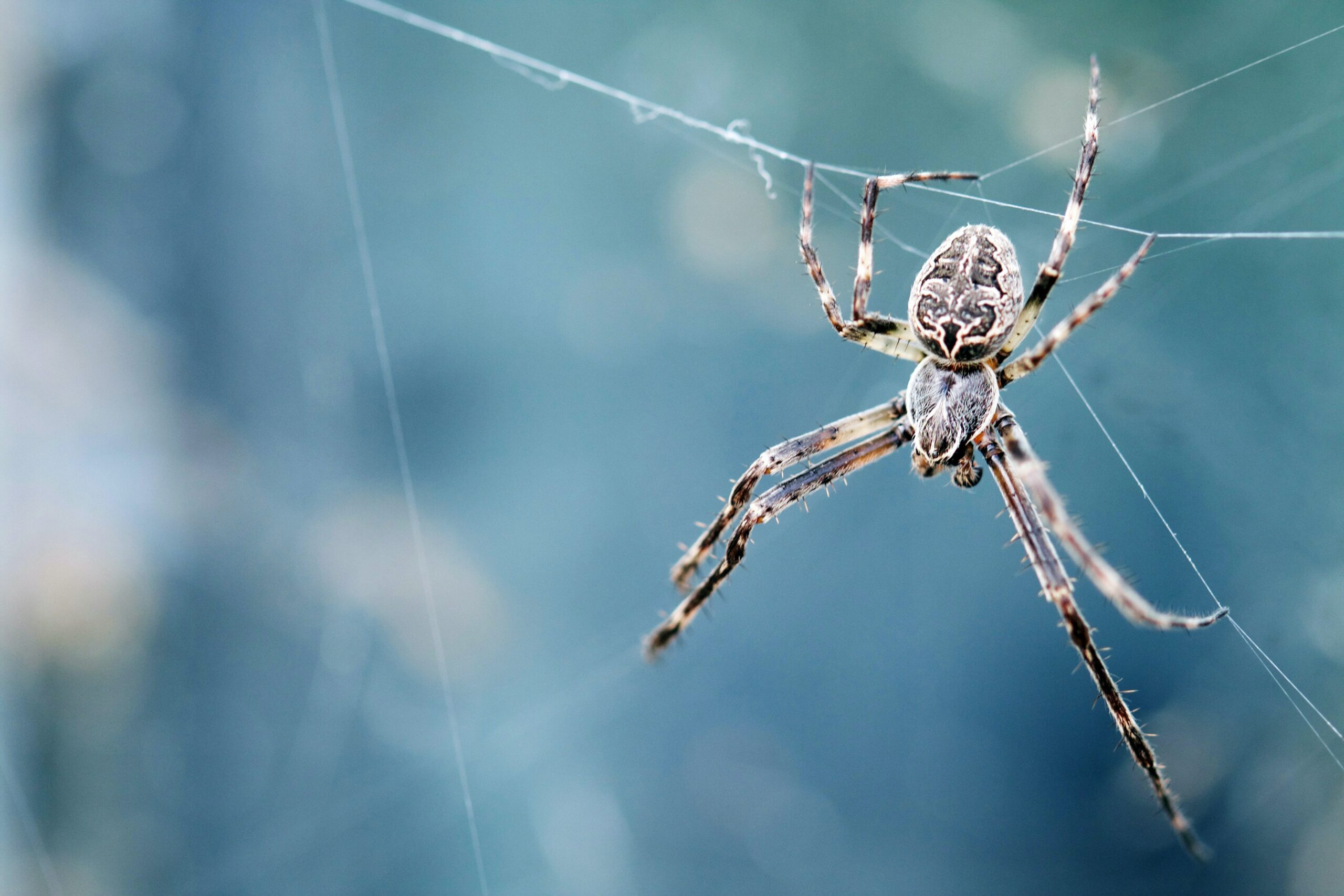Spiders are not insects however many people often list them when talking about types of bugs. The spider belongs to the animal kingdom, class Arachnida, and order Araneae. These eight-legged wonders create some of the most striking webs in some of the most unlikely places captivating our interest and intrigue.
Many people fear the spider whereas some find their unique web-building capabilities fascinating. You do not have to be Spiderman to have an interest in exploring the extraordinary world of spiders, including different species, their distinct traits, and fascinating behaviors.
With a diverse range of species, there are approximately 48,000 known spider species around the world. Each species possesses its own remarkable features, making them intriguing subjects of study. Here are a few popular spider species:
What makes spiders unique?
Spiders are renowned for their remarkable ability to produce silk. Silk serves various purposes for the spider, such as constructing webs, creating protective retreats, and wrapping prey. Spider silk is incredibly strong and elastic, often outperforming steel in terms of strength-to-weight ratio.
Another unique characteristic of the spider is its ability to molt. As spiders grow, they periodically shed their exoskeletons through a process called molting. This allows them to accommodate their increasing body size and regenerate lost appendages.
Spiders Summary
Spiders are captivating creatures that play essential roles in ecosystems worldwide. Their diverse species, ranging from the massive Goliath birdeater to the minuscule Patu digua, showcase the incredible diversity within the arachnid world.
A spider, such as the Sydney funnel-web spider, possesses a venomous bite, whereas, most spiders pose little threat to humans and instead contribute to pest control by feeding on insects. Their ability to produce silk, their unique hunting strategies, and their intricate reproductive behaviors make the spider truly fascinating creatures worthy of our admiration and study.



































































